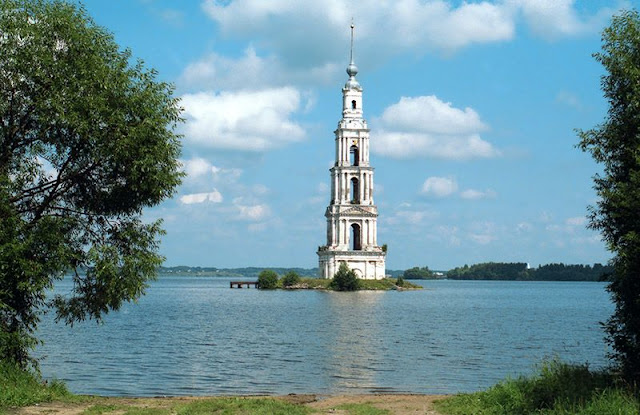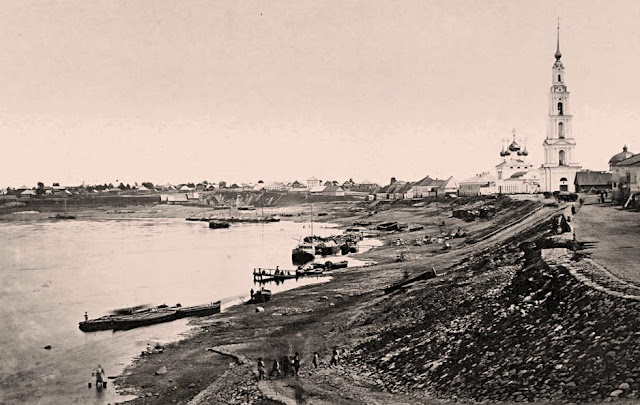The Ingush people built these structures as part of their defensive and residential complexes. The towers served multiple purposes, including as fortifications, homes, and watchtowers to guard against invasions. They were typically constructed from local stone and ranged from 15-25m in height. They have a square base and taper slightly as they rise, often featuring four to five floors. The lower levels generally have small, narrow windows designed for defensive purposes, while the upper levels might include larger windows and openings. The tower walls could get up to a meter thick in some parts and they often include decorative stonework and inscriptions.
In 1931, Ukrainian traveller and explorer wrote:
From the ancient monuments that have been preserved here, it is obvious how talented and gifted the Ingush are. These people, who knew nothing of the alphabet, at a time when Moscow was still a village, were already building high stone towers on rocks, 26 or more meters high. We can say that the first skyscrapers did not appear in America, but here, in the Caucasus Mountains.
A Soviet archaeologist and historian wrote:
The Ingush battle towers can truly be recognized as the pinnacle of architectural and constructional mastery of the ancient population of the region. They amaze with their simplicity of form, monumentality and strict elegance. The Ingush towers for their time were a true miracle of human genius.



_in_1902.jpg)

























.jpg)


























